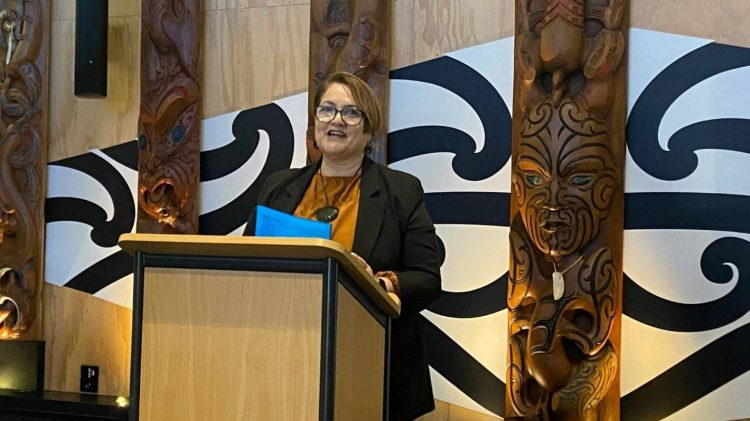9月17日,在纽约联合国,毛利国王和来自奥特亚罗阿(新西兰)和太平洋地区的领导人支持一项让鲸鱼成为海洋大使的决议。他们希望达成一项全球协议,承认鲸鱼在国际水域的合法权利。
Blue Green Future 的 Ralph Chami 博士介绍了该决议。他正在与Hinemoana Halo Ocean Initiative合作保护鲸鱼。Ngāi Tahu的丽莎·图马海说,他们的目标是保护鲸鱼在重要喂食区和繁殖区之间使用的路径。
Hinemoana Halo Ocean Fund旨在为帮助鲸鱼的项目筹集1亿美元。该基金与奥特亚罗阿国际保护组织合作,涉及来自新西兰、汤加、法属波利尼西亚和库克群岛的土著群体。它计划建立太平洋地区第一个由土著人民主导的以气候为重点的融资方法。
来自奥特亚罗阿国际保护组织的梅尔·塔科科说,这项工作认可了鲸鱼在应对气候变化和保护海洋生物方面的关键作用。
来自Ngāti Wai的领导人Aperahama Edwards谈到了土著人民共同努力恢复海洋的重要性。这将帮助社区更好地应对气候变化。
通过Hinemoana Halo项目,土著团体已承诺建立最大的海洋保护区,覆盖220万km^2。该计划将侧重于鲸鱼保护和保护鲸鱼的旅行路线。全部细节将在西班牙举行的2024年联合国海洋十年会议上分享。





























































